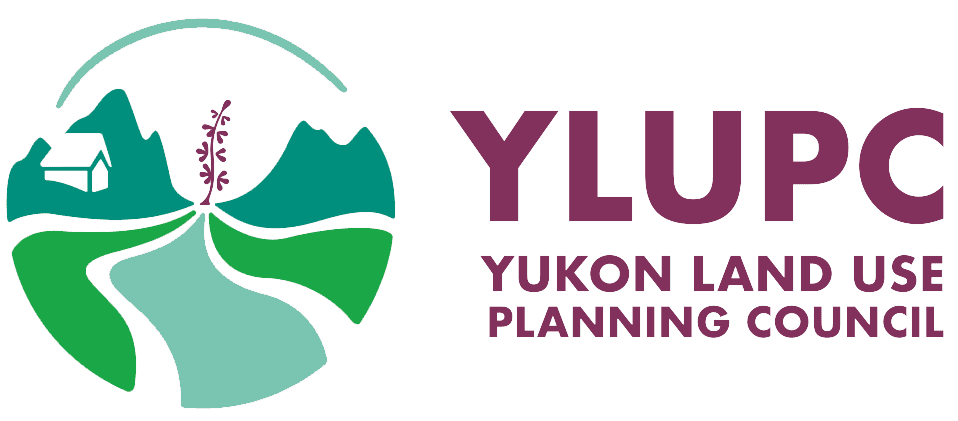Marie-Pierre MacDonald Land Use Planner Renewable Resources Kativik Regional Government & Michelle Armstrong MCIP RPP Principal Northern Futures Planning
Northern Canada (north of 60°) has warmed at a rate approximately 2½ times the global average since the late 1940s. This accelerated warming has repercussions for the land, its ecosystems and the arctic communities whose sustenance, health and identity are intertwined with the land. Increases in temperature and changing precipitation patterns have led to a wide range of impacts such as changes in timing and amount of surface water availability, increased depth and extent of permafrost thaw, shorter seasons, flooding, and shoreline erosion.
In most Nunavik communities, there is a lack of information that community planning processes can draw upon to identify areas safe for land development. However, in the northern villages of Akulivik and Salluit, where evidence of permafrost degradation was causing significant community concern, permafrost and hazard mapping was undertaken to better inform community land use planning as well as adaptation guidance for municipal decision-makers. This presentation will explore how the hazard mapping work was integrated into the community planning processes and what has been learned to inform future processes.
The work undertaken in these communities will be jointly presented by Marie-Pierre McDonald, a Land Use Planner with the Kativik regional Government and Michelle Armstrong, Community Planner and Principal of Northern Futures Planning.
